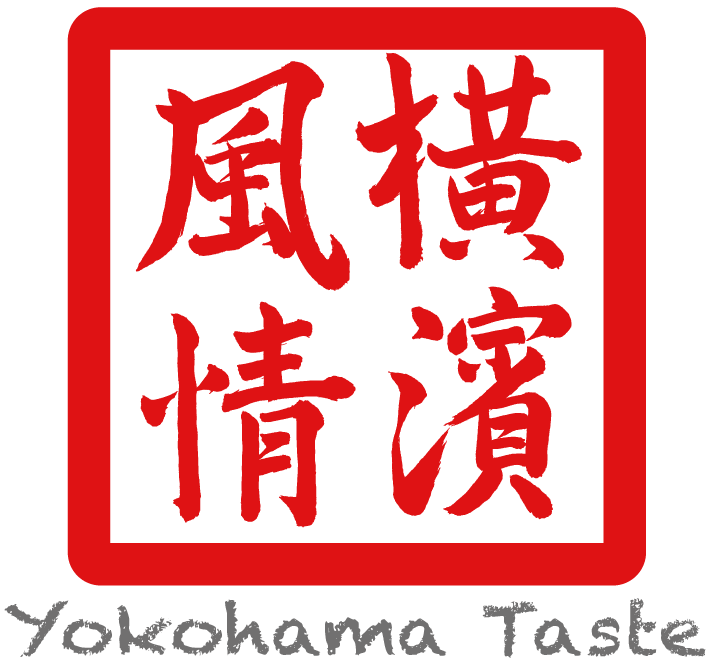Tsukemono Unveiled: A Feast of Pickled Delights
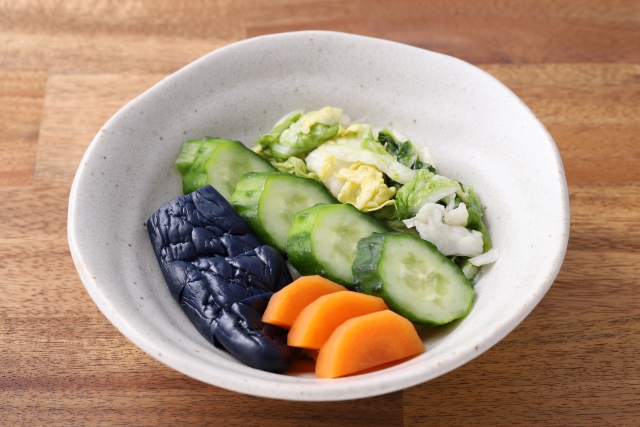
Tsukemono, commonly known as Oshinko in Japan, are pickled vegetables or pickles. They are a fundamental element of Japanese cuisine. These pickled treasures come in a variety of flavors and textures, each bringing a unique tanginess to the palate.
History of Tsukemono
In Japan, around 2,000 years ago, food preservation through salt pickling was already being practiced. During the Heian period, in addition to salt pickling, vinegar pickling, miso pickling, and bran pickling (kasuzuke) began to be made.
The culture of pickling expanded during the Edo period. It was not only for the purpose of storage and preservation but also for savoring different flavors, leading to an increase in the variety of pickles. Nowadays, a wide range of pickled foods are produced, and commercially available options make it easy for people to enjoy them.
The Art of Pickling
The art of pickling, or “Tsukemono,” as it’s known in Japanese, has been passed down through generations. Traditional methods involve using salt, vinegar, and other seasonings to preserve and enhance the flavors of vegetables, roots, and even fruits.
The term ‘tsuke’ in the Tsukemono, as well as the suffix ‘zuke’ in the names of pickled vegetables, are derived from the method of marinating and seasoning used in the pickling process.
Variety of Flavors
Tsukemono presents a diverse palette of kinds and flavors. From the fiery heat of pickled ginger (gari) to the refreshing crunch of takuan (pickled daikon radish), these pickles are not only delicious but also offer a balance of tastes that complements the main dish.
The following are various types of pickles:
Nukazuke
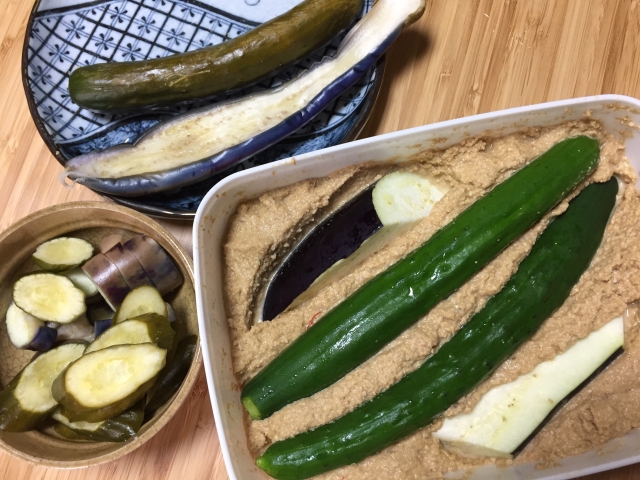
Traditional Japanese pickle made by fermenting vegetables like cucumbers and radishes in a mixture of rice bran, salt, and seasonings.
Kasuzuke
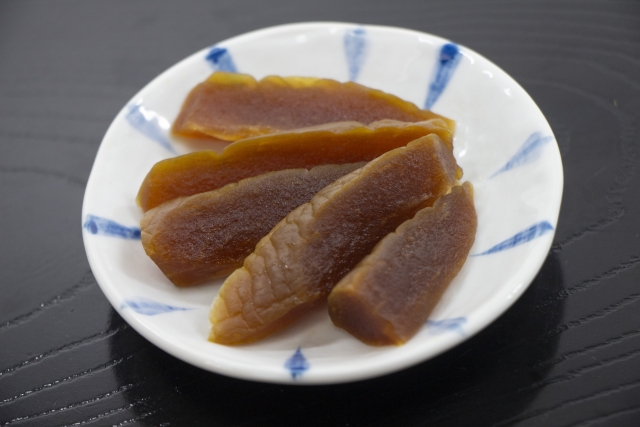
Japanese pickle made by fermenting vegetables, typically cucumbers, in sake kasu, which is the lees or solids left over from sake production.
This pickling process gives the vegetables a distinctive, slightly sweet, and sake-infused flavor, making them a unique and flavorful side dish in Japanese cuisine.
One of the representative examples is Nara-zuke of Nara and Kyoto specialty as shown in the left photo.
Suzuke
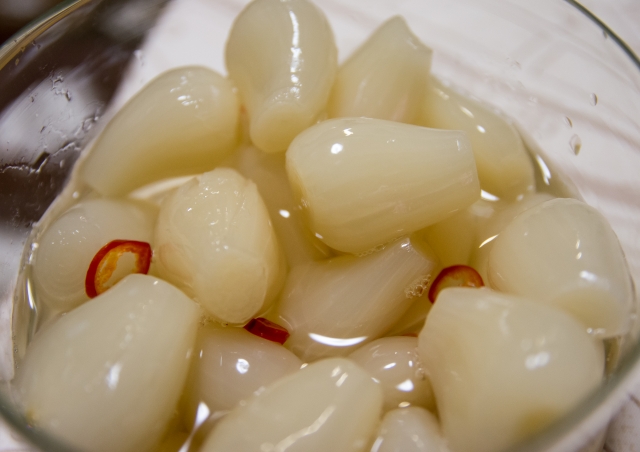
Vinegar pickling, known as “su-zuke” in Japanese, is a preservation method that involves immersing food items, typically vegetables, in a solution of vinegar, water, and sugar. The acidity of the vinegar acts as a natural preservative, extending the shelf life of the food while imparting a tangy and slightly sour flavor. This technique is widely used in Japanese cuisine to create pickled dishes with a delightful balance of acidity and sweetness.
One of the representative examples is Rakkyo as shown in the left photo.
Koujizuke
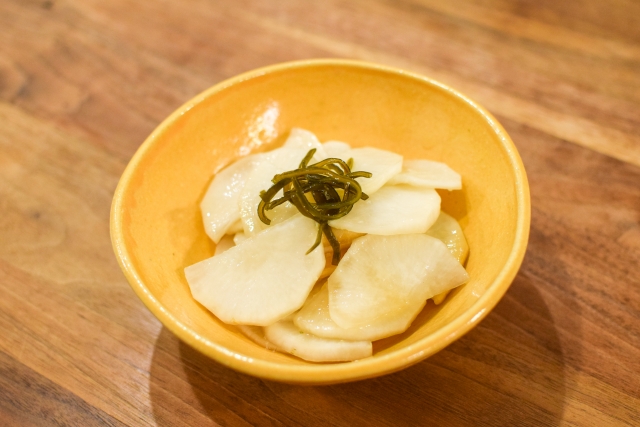
Koji pickling, known as “koji-zuke” in Japanese, is a traditional preservation method where food items, such as vegetables or meat, are fermented with koji mold (Aspergillus oryzae). This fermentation process enhances the food’s flavor, texture, and shelf life. Koji pickling is integral to Japanese cuisine, contributing a unique umami-rich taste to various dishes.
One of the representative examples is Bettara-zuke of Tokyo specialty as shown in the left photo.
Misozuke
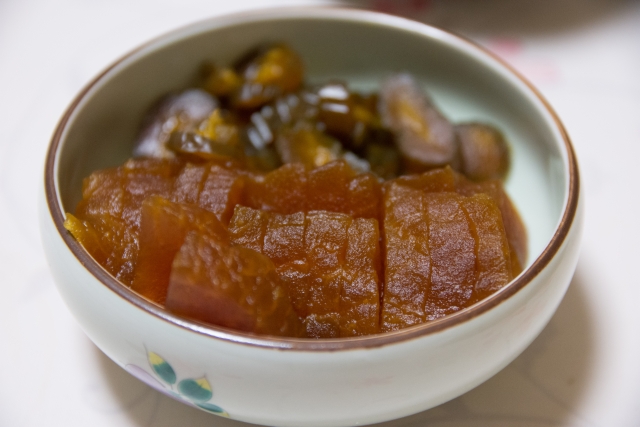
Miso pickling, or “miso-zuke” in Japanese, is a method of preserving and flavoring food by marinating it in a mixture of miso paste, typically soybean-based miso. The miso acts as both a preservative and a seasoning, infusing the food with a rich, savory taste. This technique is a prominent aspect of Japanese cuisine, adding depth and complexity to various ingredients, such as fish, vegetables, and meat.
One of the representative examples is Moriguchi-zuke of Nagoya specialty as shown in the left photo.
Shouyuzuke
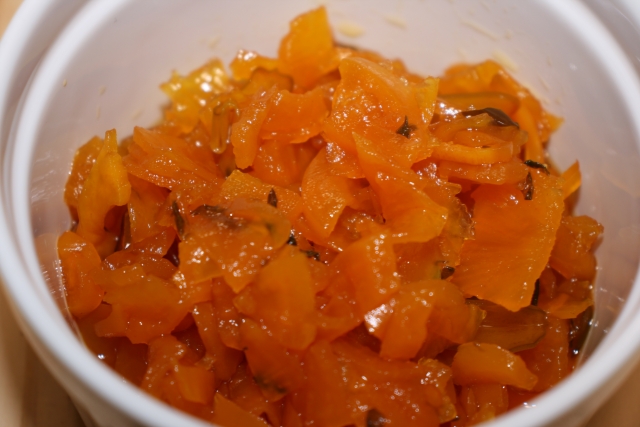
Shoyu-zuke is a type of pickled food in Japan, primarily consisting of vegetables. This traditional preservation method imparts a savory, salty flavor to the ingredients, creating a popular and tasty side dish in Japanese cuisine. Shoyu-zuke is enjoyed for its umami-rich taste and versatility.
One of the representative examples is Fukujin-zuke of Nagoya specialty as shown in the left photo.
Asazuke
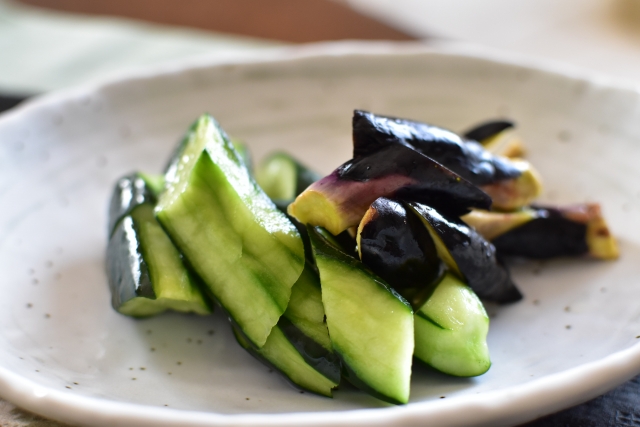
Asazuke is a type of Japanese pickle, typically made by lightly pickling vegetables in a salt and vinegar solution. This method preserves the natural crunch and freshness of the vegetables while adding a tangy and refreshing flavor. Asazuke is a popular side dish in Japanese cuisine, known for its simplicity and ability to complement various meals.
It’s very fascinating to explore various types of Tsukemono by region and shops. Each type of Tsukemono has a story that originates from the local traditions and the craftsmanship of the makers. When you enjoy Japanese cuisine, try to think about the stories behind the Tsukemono.
Preserving Memories: Savoring Local Delicacies on a Journey
When visiting local tourist spots, there is always a specialty pickled delicacy available at souvenir shops representing the unique flavors of the region, and I never miss the chance to purchase it. Enjoying that local delicacy upon returning home allows me to savor the memories of the journey with each bite
